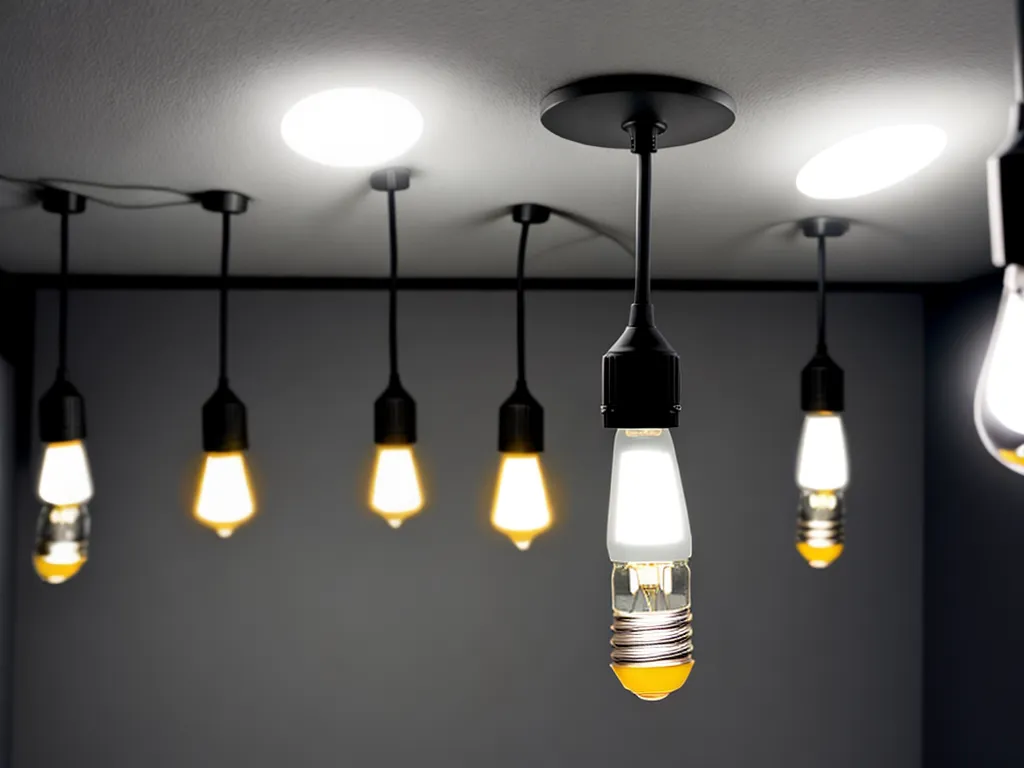
The Surprising Downsides of Upgrading to LED Lighting in Your Business
Upgrading to LED lighting can seem like an obvious choice for businesses looking to cut costs and become more environmentally friendly. However, there are some surprising downsides to consider before making the switch. As the owner of a small business, I recently went through this decision-making process myself. Here's what I learned about the potential downsides of switching to LED lighting:
Higher Upfront Costs
The upfront cost of installing new LED fixtures can be daunting, especially for small businesses. LED bulbs themselves cost significantly more than traditional incandescent bulbs. For a whole building retrofit, the upfront expense can run into the tens of thousands of dollars. While you will recoup some of that investment over time through energy savings, you need to have the capital available to pay for the new fixtures first. As a small business owner, this was the biggest deterrent for me when considering a switch to LEDs.
Glare and Light Quality Issues
Although LEDs are improving, manyemit a harsher, bluer light than incandescent lighting. This can lead to glare that some find uncomfortable. The light spectrum of LEDs is also different, which can make accurate color rendering difficult, especially for tasks like graphic design. I asked employees who would be most affected how they felt about a possible switch, and some raised concerns about eye strain and inability to accurately judge colors under LEDs. Their feedback made me cautious about switching.
Heat Management Challenges
LEDs produce very little waste heat compared to traditional bulbs, which is a plus for energy efficiency. However, that heat needs to go somewhere, so LED fixtures must be paired with effective heat sinks. With inadequate heat management, LEDs can overheat, leading to premature fixture failure. As a business owner, I'd have to be vigilant about heating and cooling needs during a retrofit. Replacing failed LED fixtures would quickly eat into any energy savings from the upgrade.
Lifespan May Be Shorter Than Expected
It's true that LEDs can last years longer than other bulbs. However, longevity depends heavily on proper design and installation. If the right heat sinks aren't used or if LEDs are frequently turned on and off, their lifespans may be closer to 2-3 years versus the 10, 20, or even 30 years hoped for. As a business owner, I'd have to budget for earlier-than-expected replacement costs. The long return on investment for the upgrade could be shortened considerably if the LEDs fail sooner than advertised.
Disposal Challenges
While LEDs contain no toxic mercury like CFL bulbs, their electronic components still require special recycling. I discovered that my municipal recycling program does not accept LED bulbs, and few recyclers exist to reclaim the metals and other components within LED fixtures. Proper disposal of a large volume of LED lights could be an obstacle during a whole-building retrofit. As a small business owner, I'd have to budget for appropriate recycling costs and find out where I could send old LEDs.
For me, weighing all these factors meant I decided against a full switch to LED lighting for my business at this time. While the potential for energy savings was significant on paper, the upfront costs and uncertainty about factors like glare and lifespan gave me pause. For small businesses with tight budgets, diving into an expensive LED upgrade can come with unexpected challenges. As with any facilities change, it pays to do thorough research before making the leap to ensure it is the right move long-term.